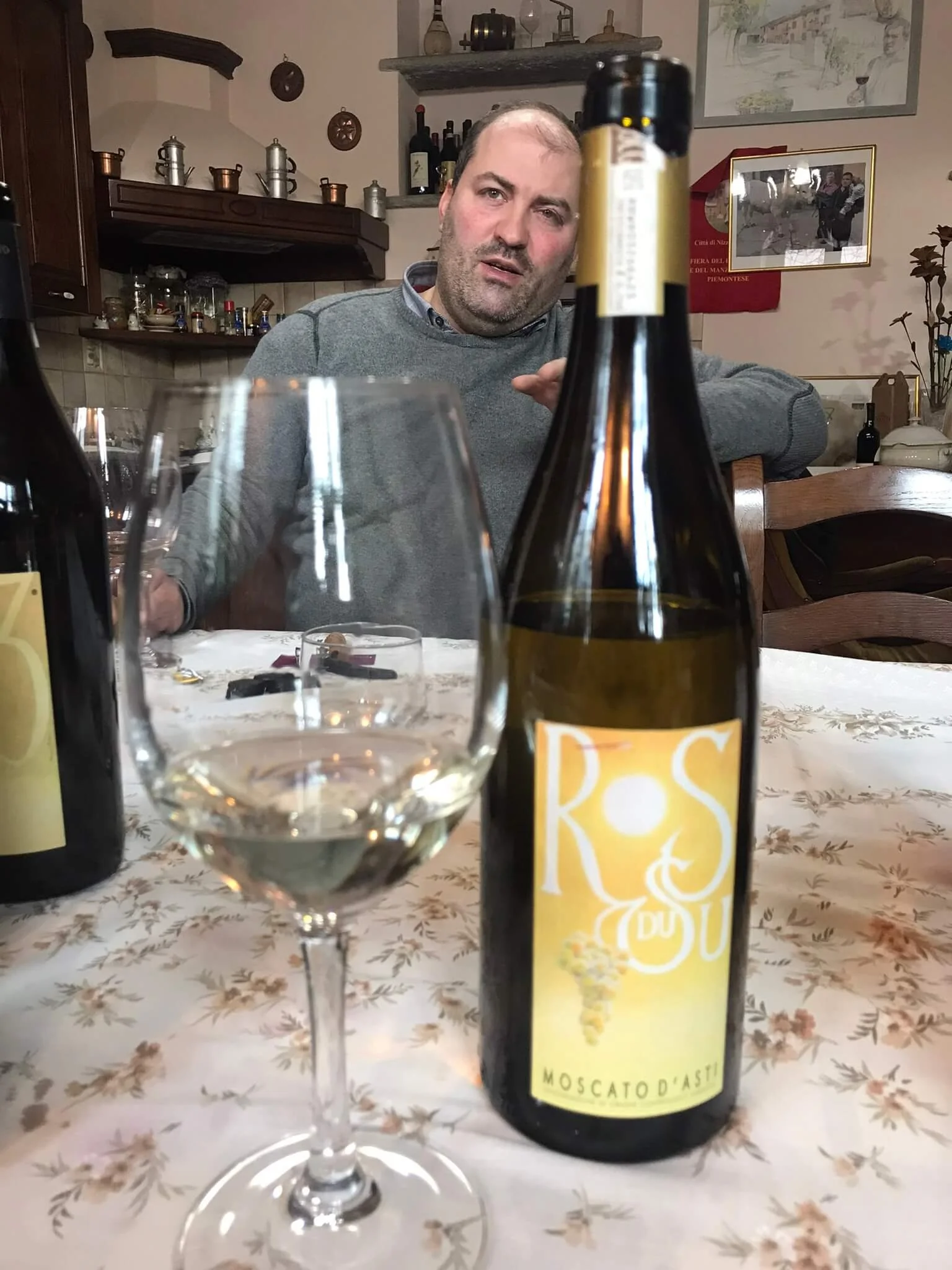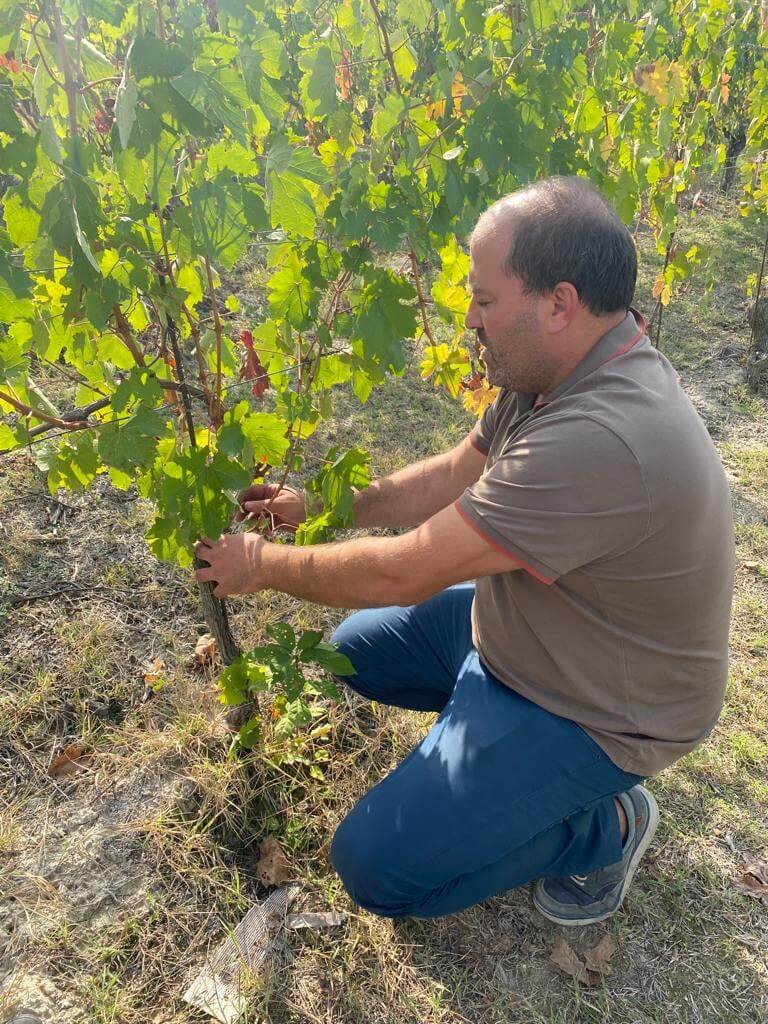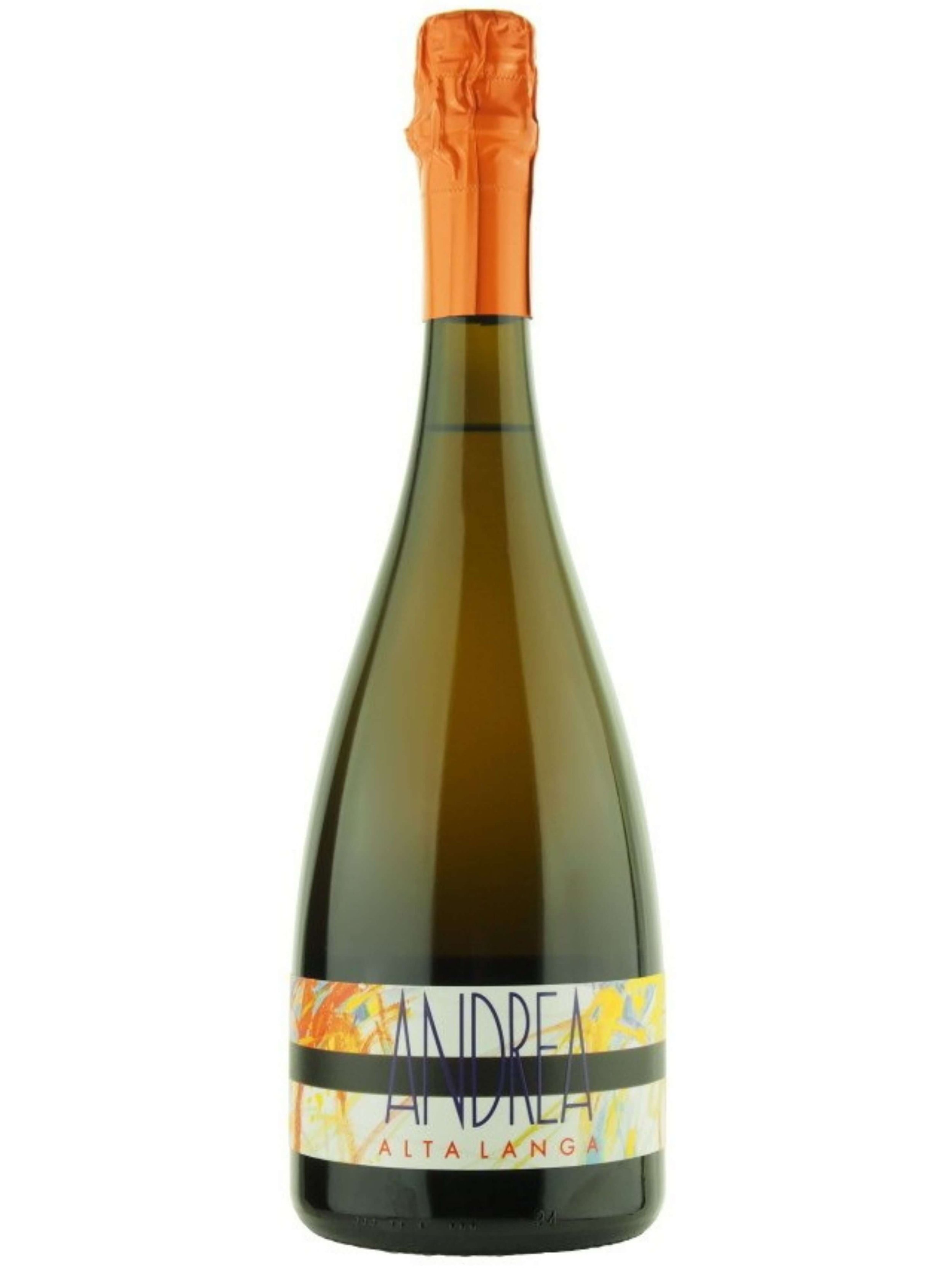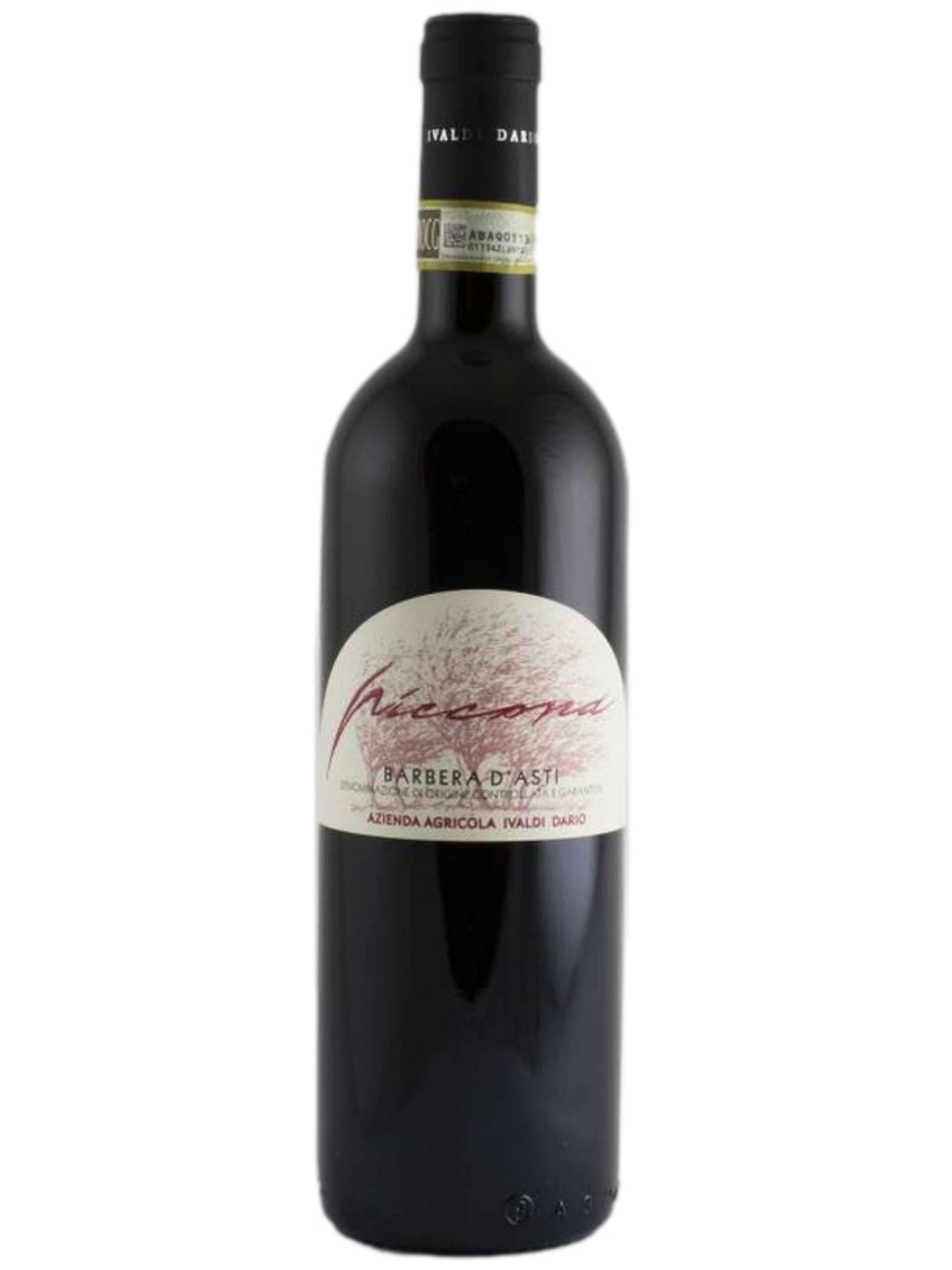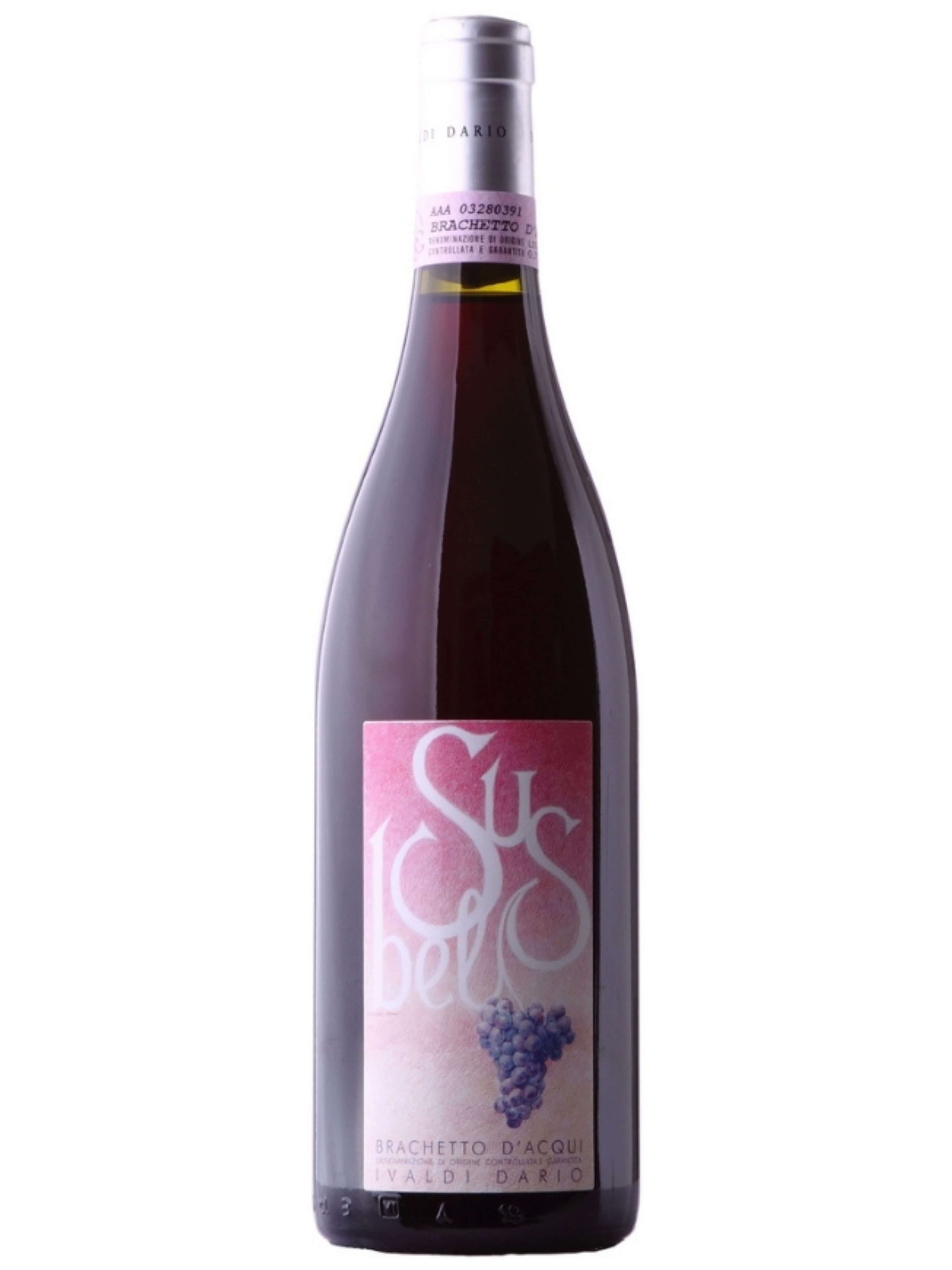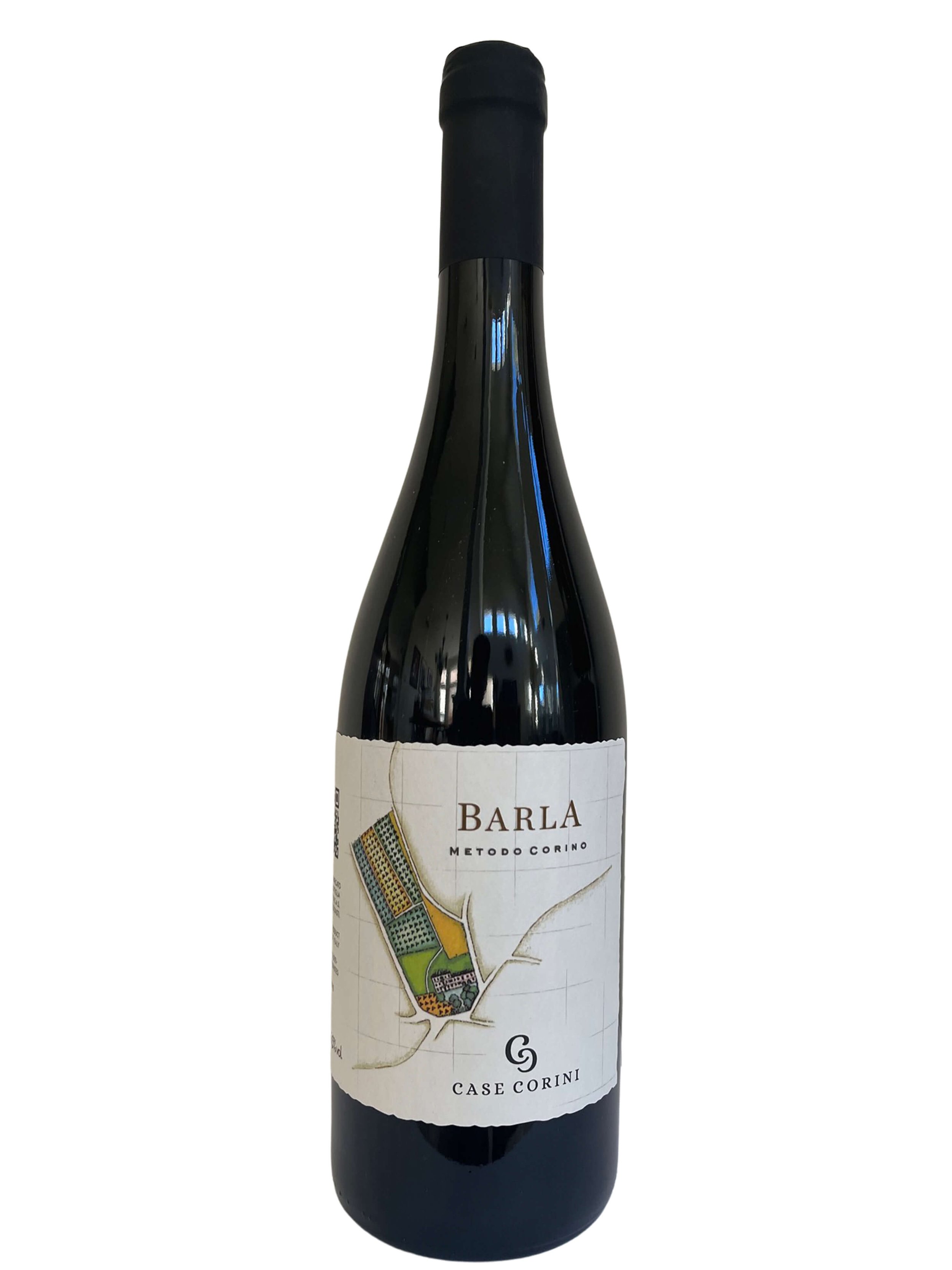Could This Be the Next Trending Destination in Piedmont?
Italy is one of those places where it is not hard at all to find that ‘postcard view’. From the North to the South, the cities and landscapes are filled with sweeping visages that with every swing of the eyes makes you want to snap a photo and say ‘wish you were here’. What is even more unique, is the way history blends into the culture and hillsides in such an ever-present manner that locals often treat amazingly old relics with an ‘eh sure’ attitude that astounds ‘younger’ countries, such as America.
In fact, it is not surprising that one area that contains these, the rolling hills of the Monferrato (along with their nearby counterparts the Langhe and Roero), were named a UNESCO World Heritage Site in 2014. However, it is true that often the Monferrato is overlooked by tourists in favor of the nearby Langhe that boasts the famous Barolo wine.
In the Northeastern corner of Italy, lies the Monferrato Wine area, with Asti located in the heart. The highlighted part is specifically known as the Monferrato Astigiano, or the Asti Monferrato.
Discover the Monferrato
This is changing though, says Paola Baldi of the Brachetto d’Acqui Consortium, an expert on tourism in the Monferrato. She goes on to explain how the off the beaten track Monferrato is still wild compared to the Langhe. This means outdoorsy activities like hiking, bike and horseback excursions and camping are popular and easy to organize around Asti. ‘The Monferrato hasn’t been changed by tourism. What you find here is still sincere and real’ says Paola.
Tourism in general is picking up in the Monferrato, especially in cities such as Asti, Alessandria, Acqui Terme, and Nizza Monferrato, where one can find a wine array of restaurants, hotels, spas, bed and breakfasts, museums, and wineries. Paola mentions that the Monferrato still has a lot of old-fashioned agriturismo operating. Agrotourism farms are plentiful in the countryside, many family run; they give guests a chance to have a real, local experience in the area.
The Monferrato is divided into three main areas:
The Alto Monferrato heads south to eventually border Liguria near the sea. Here you can find the historic town of Alessandria.
The Basso Monferrato you find heading up north towards Milan, and is centered around the picturesque city of Acqui Terme, famous for their spas (both modern and ancient), or terme as said in Italian.
The Monferrato Astigiano which is the heart of the area around the city of Asti where you can find Vero Producers such as Ivaldi and Case Corini. Besides the city of Asti, full of history in and of itself, you find here castles (such as in Costigliole d’Asti) and as this is the area of the Monferrato closest to the Langhe, we find very similar rolling hills covered in grape vines.
History of the Monferrato
There are many legends about how this area came to be known as the ‘Monferrato’. Some date to the Romans and their native Latin language, some derive it from the local dialect, Piemontese (slightly different from the langarolo piemontese we have discussed before), while others claim it refers instead to an old agricultural crop. While there may never be a certain answer, we do know that as early as the 900s, the land now known as the Monferrato was given to Aleramo of Monferrato, with the first official Marchese del Monferrato being proclaimed in the 1100s.
A view of the Asti Monferrato UNESCO hillsides.
As with much of Italy’s history, the Monferrato changed hands several times, passing eventually into the Savoy family’s kingdom. In the 1600s, the Duchy of Mantua (or Mantova) tried to take over the territory, eventually succeeding in the early years of the 1700s. However, this was not before the people of the Monferrato put up a good fight. In 1613, the town of Nizza Monferrato was besieged by the Mantuan army, and all hope seemed lost. Huddled for security in the church, the women and children prayed all night, when suddenly, despite a total lack of oil, a lamp burst into a brilliant flame, illuminating all. Declaring this event the ‘Miracle of the Lamp’, the Monferrato army pushed back and successfully defended their town from the encroaching army. An important part of the local history, Andrea Ivaldi, a 4th generation wine producer in Nizza Monferrato, dedicated his Barbera Riserva, or Nizza DOCG, to this event, calling it 1613 and featuring the miraculous oil lamp on the label.
As the area settled down after the unification of the kingdoms into what we now recognize as ‘Italy’ in the 1860s, agriculture boomed. There still were occasional ‘feuds’, especially between towns such as Asti and the Langhe based Alba. For example, as Asti hosts every year a famous horse race in the center of their town known as a Palio, like the famous race in Siena. There is much fanfare, costume, and drama and the entire town celebrates. Nearby Alba, however, did not feel impressed by this show of the wealth and power of Asti, so they instead began their own competing Palio… with a little twist to poke fun at their neighbors. The Alba Palio is run exclusively by donkeys, and the now famous Palio degli Asini (or donkey race) in Alba kicks off the annual white truffle fair.
Wine grew popular in the area, and as the Langhe discovered their specialty in crafting nebbiolo and Barolo, the Monferrato went a different route. The Monferrato is blessed with a terroir that allows both white and red grapes to flourish, and made in different styles, from dry to sweet and from still to sparkling. While red wines are delicious (nebbiolo is cultivated, and barbera thrives in this soil), the Monferrato discovered they have a predisposition for aromatic and sweet wines.
The Moscato Bianco grape in particular has long made “two of the country’s most famous and beloved wines” according to Ian d’Agata in his book Native Grapes of Italy of which one of them is Moscato d’Asti “the epitome of sweet Muscat grapes in its most celebratory form” accoring to Karen MacNeil in the Wine Bible. Keep in mind that before the 20th century, sweet wines were more popular, helping to boost the Asti area, where moscato bianco has been grown since at least the 1300s. As we have discussed in our previous article on sweet wines, once upon a time, what we now might call ‘dessert wines’, sweet wines were the go-to wines of choice. Tastes have shifted in the public, now favoring the bold reds of the Langhe, but the Monferrato still holds a strong tradition cultivating and crafting the difficult aromatic grapes, such as Moscato d’Asti and Brachetto d’Acqui.
Winemaker Andrea Ivaldi harvests his aromatic Moscato d’Asti grapes in his Nizza Monferrato vineyards.
So Near, but So Different: Langhe vs Monferrato
How is it that Monferrato has the unique distinction and ability to produce sweet wines of exceptional quality like Moscato d’Asti? Well, like the Langhe, the Monferrato was also once located under the ancient sea, but it rose out and transformed into dry land on a slightly different time-scale. This leaves the Monferrato with a very special soil, full of marine sediments. In fact, in an Asti museum there is whale skeleton, unearthed in the Monferrato area. This leads to sometimes sandy soil that is also full of marne and limestone; it also can vary greatly between the different areas. The soil under the Monferrato Astigiano grows different wines than that under the Monferrato Basso or Alto.
Local dialects and language also changes slightly, while the Astigiano (from Asti) piemontese dialect can be understood to some extent by a langarolo (from the Langhe) piemontese speaker, there are distinct differences in certain vocabulary and pronunciations, pointing to the divergent histories of the two areas.
Cuisine of the Monferrato
The cuisine of Asti and the Monferrato is very similar to the Langhe cuisine, as they both are heavily rooted in Piemontese traditions. There are a lot of meat based dishes, and of course, in the fall the precious white truffle is king. However, the Monferrato extends farther south than the Langhe, and pushes closer to the sea. This means that it has a slightly more Ligurian (the region of Italy bordering the Mediterranean, also known as the Italian Riviera) influence. But the foods of the Monferrato are a discussion for another article, or rather series of articles, such as:
Wines of Monferrato
Now that we understand the intricacies and history of the Monferrato, we can explore our personal favorite part: the wine! As we have mentioned before, the Monferrato is most famous for their excellent dessert wines made with aromatic grapes, like Moscato d’Asti and Brachetto d’Acqui. It is THE land of Barbera, with its 2 most famous appellations being Barbera d’Asti and Nizza Barbera. Also it has a long tradition of growing chardonnay, producing this comples champagne style sparkler the Andrea Alta Langa .
Andrea sharing a glass of his aromatic and bright Moscato d’Asti.
Moscato d’Asti
Perhaps the star of Asti wine is the world famous Moscato d’Asti. Made with the aromatic moscato grape, this sweet wine is can be served slightly sparkling, or frizzante. While moscato can be, and is, grown all over the world, something about the Monferrato soil brings out the best in the grape. While moscato can be produced dry, the aromatic grape is at its peak when crafted into an Asti Spumante, sparkling merrily and releasing all those sweet, enticing natural aromas.
As a wine, such as Ivaldi’s Ros du Su (meaning ‘rays of sun’ literally’), it is a golden color, intense and delicious. When crafted right, a certain sapidity comes through, blending with the residual sugar sweetness, to create a drinking experience that doesn’t nauseate, but keeps you sipping and sipping and sipping.
Brachetto d’Acqui
Overshadowed by the famous Moscato d’Asti, is the red counterpart: Brachetto. An red aromatic grape, outside of the Monferrato and Asti, it is little known and often misunderstood. Only grown in 26 comuni, or cities, it covers a production area much smaller than moscato. In fact, only a small amount of producers total currently cultivate it, as it takes a certain artistry to craft into a good wine. However, while many may come to the region for moscato, they find a certain charm and drinkability in Brachetto d’Acqui.
The grape is naturally very sweet, and can be enjoyed and eaten all on its own. But to craft this into a quality wine takes a patient and knowledgeable winemaker that knows how to safeguard and bottle the bright ruby red color, aromatic bouquet, and fresh flavors.
Known as ‘a happy, lovers wine’, it is low in alcohol (usually around 5%), and perfect to sip at brunch or socially with friends. Versatile, it can be served with dessert, or savory foods (the sweet aromaticity of the grape pairs well with saltier foods), meaning it can be enjoyed at the beginning aperitivo of a meal, or used to finish off with a dessert.
Ivaldi’s Sus Bel Brachetto d’Acqui is semi-sparkling and and has a bit of tannins, thanks to winemaker Andrea Ivaldi wanting his brachetto to have more structure. Karen MacNeil in the Wine Bible calls it an “intriguing Piemontese sparkler.” Andrea’s has a light ruby red color in the glass, and enchanting aromatics on the nose with rose being the distinctive aroma. Sipping, one can understand the beauty of brachetto: it is so easy to enjoy.
Barbera d’Asti and Nizza DOCG
Barbera in the Monferrato varies greatly, depending on the area and soil, making it fun for drinkers and winemakers alike to experiment with barbera’s from different areas. In the Astigiano Monferrato, the Barbera d’Asti the naturally acidic grape is well balanced by the soil to create the famous wine. When aged like a riserva in the Nizza Monferrato area, the barbera becomes what is known as a Nizza DOCG, undergoing three years of aging (one in barrel, and two in bottle). The barbera’s of the Monferrato definitely compete well with their Langhe counterpart, the Barbera d’Alba, and while a different grape, the barbera based Nizza can easily hold its own as an interesting undiscovered alternative to a Barolo.
Alta Langa DOCG
As we mentioned in our article this spring announcing new sparkling wines which hit US shore for the first time, it includes Ivaldi’s Chardonnay Vintage Champenoise Method Alta Langa Sparking Wine. Alta Langa is a fairly recent DOCG appellation of classic method sparkling wines that claim to have a tradition that is older than the Franciacorta appellation. When you taste Andrea’s Alta Langa DOCG (which he named after himself, lol) you’ll understand why Alta Langa champagne sparkling wines are highly regarded. Plus Andrea’s calcareous soils where he grows his white wine grapes, help to give it more structure and depth.
Taste the Monferrato
You can taste the wines of the Monferrato through two amazing Vero Producers. Our first, Andrea Ivaldi, is a 4th generation winemaker in the Astigiano Monferrato, located in Nizza Monferrato, and he crafts the full gamut of important Monferrato wines, from a sparkling Alta Langa, to a single vineyard barbera d’Asti, a native yeast fermented Nizza DOCG, and the sweet semi-sparkling Moscato d’Asti and Brachetto d’Acqui. An eco-friendly winery that practices certified sustainable farming, Andrea crafts wines that represent not only his family heritage, but also the local history and importance of the Monferrato area. If you want to learn more, check out our full article and interview with Andrea Ivaldi.
And our second producer is Case Corini. Run now by the 6th generation, siblings Guido and Luisa, they are carrying on their father’s legacy, that of the late Lorenzo Corino. Their wines are 00 made and all natural, being wonderful examples of regenerative agriculture at work. We have laid out all their wines in a previous article, talking about their various vineyards, too. This article, “The Corino Family’s Lay of the Land” is a great way to see an overview of Monferrato soils and vineyards and how they apply to Case Corini natural wines.
We exist to allow all Americans, across the US, from businesses to consumers, to experience the pleasure of farm to glass wines like these from the Monferrato, and really good olive oils, too. How can you get your hands on the hidden gems we forage for?
If you are a distributor reach out to us introduce our highly curated portfolio of one of a kind small production wines to your state.
We sell to wine stores and restaurants in certain states - contact us to learn more.
If our farm crafted natural wines and olive oils are not in your local shop or restaurant, buy wine online here, and we’ll ship it to you, including wine gifts.
We also have an award winning wine club for true wine explorers that are seeking to continually discover unique, sustainable and authentic small production wines they never had. These are wines selected by our sommeliers and curated for each box.
We do corporate gifts and sommelier guided wine tastings. Email us and we’ll tailor unique and sustainable corporate gift ideas.




